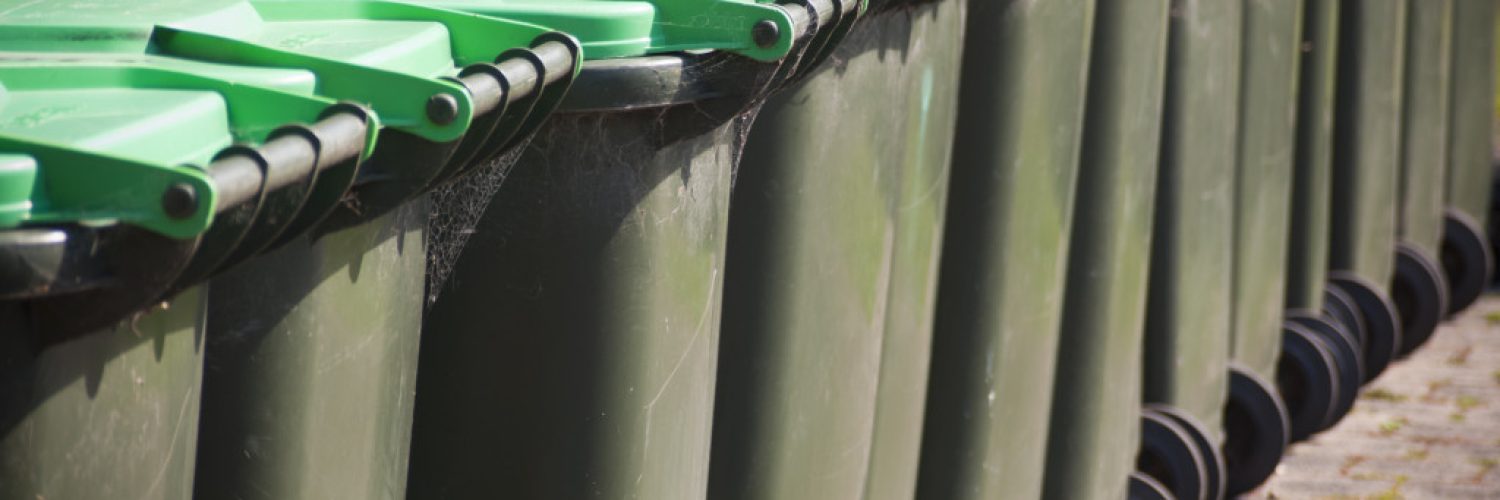Offices, retail stores, packaging facilities, and other commercial buildings generate tremendous amounts of waste. These facilities are among the biggest producers of municipal solid waste, specifically paper and cardboard.
In 2017, 67 million tons of paper and cardboard waste were generated by the entire country. Given that commercial buildings are some major contributors to this type of waste, they also have the most responsibility in abating the waste generation problem.
Waste management for corporations is also a form of resource. This means controlling the waste you generate doesn’t only help the environment, it also helps you conserve resources. This, in turn, optimizes your inventory and reduces your expenses.
Here are several tips to improve your commercial waste management:
-
Avoid the landfill
Landfill diversion or waste diversion is the main goal of most recycling programs. The objective is to lessen the burden of the country’s landfills, which are already overflowing with different sorts of waste.
Avoiding the landfill means implementing recycling programs and making sure they’re strictly followed. You can mobilize a waste management task force to ensure that the recycling procedures are observed, especially for paper cardboard, and plastic waste. Remember to educate your employees about the program.
If your commercial business produces large amounts of biowaste, consider starting a composting program as well. Composting is another form of landfill diversion since you’re able to upcycle the waste.
For non-recyclable waste, you can put them through an industrial garbage compactor like WESSCO. Doing so reduces the space that the waste consumes, which can help ease the burden of our landfills.

-
Focus on waste reduction instead of waste disposal
Many companies are content with establishing a system for removing trash. But proactive organizations are paying greater attention to waste reduction because the less waste you have, the easier it is to manage. Plus, waste reduction helps you conserve natural resources and energy, reducing your operating expenses.
Waste prevention starts at procurement. Choose materials that are easily reused, so you can recycle them in-house. Some materials, although recyclable, need to be sent to processing facilities. Choosing these kinds of materials means you have to pay for additional waste transportation costs.
Also, avoid over-purchasing materials and over-producing products. The excess is often disposed of, increasing your waste generation.
-
Assess your waste management program
Finally, conduct a regular waste audit. The results identify where your facility can reduce the use of materials, how efficient your disposal practices are, and how much of your total waste is recycled.
An audit lets you see how your waste management program is performing, identifying opportunities for improvement. A waste assessment also identifies the quantity and composition of items in your waste stream. If you know what kind and how much waste you produce, you’re able to customize a waste reduction program that suits your business needs.
You can conduct the audit in-house or hire your city’s recycling office to do the assessment for you. Some local governments also offer free waste audits to businesses.
The country’s waste crisis continues to worsen. It’s time for commercial entities to be more proactive in abating the waste issue, especially since they’re some of the biggest contributors to the problem.
Additionally, being mindful of your waste not only helps the environment, it also provides many business benefits. You’re able to reduce your energy and natural resource consumption, cutting your expenses. Plus, your company gains a reputation for being a green organization, which helps you build trust with the public.

